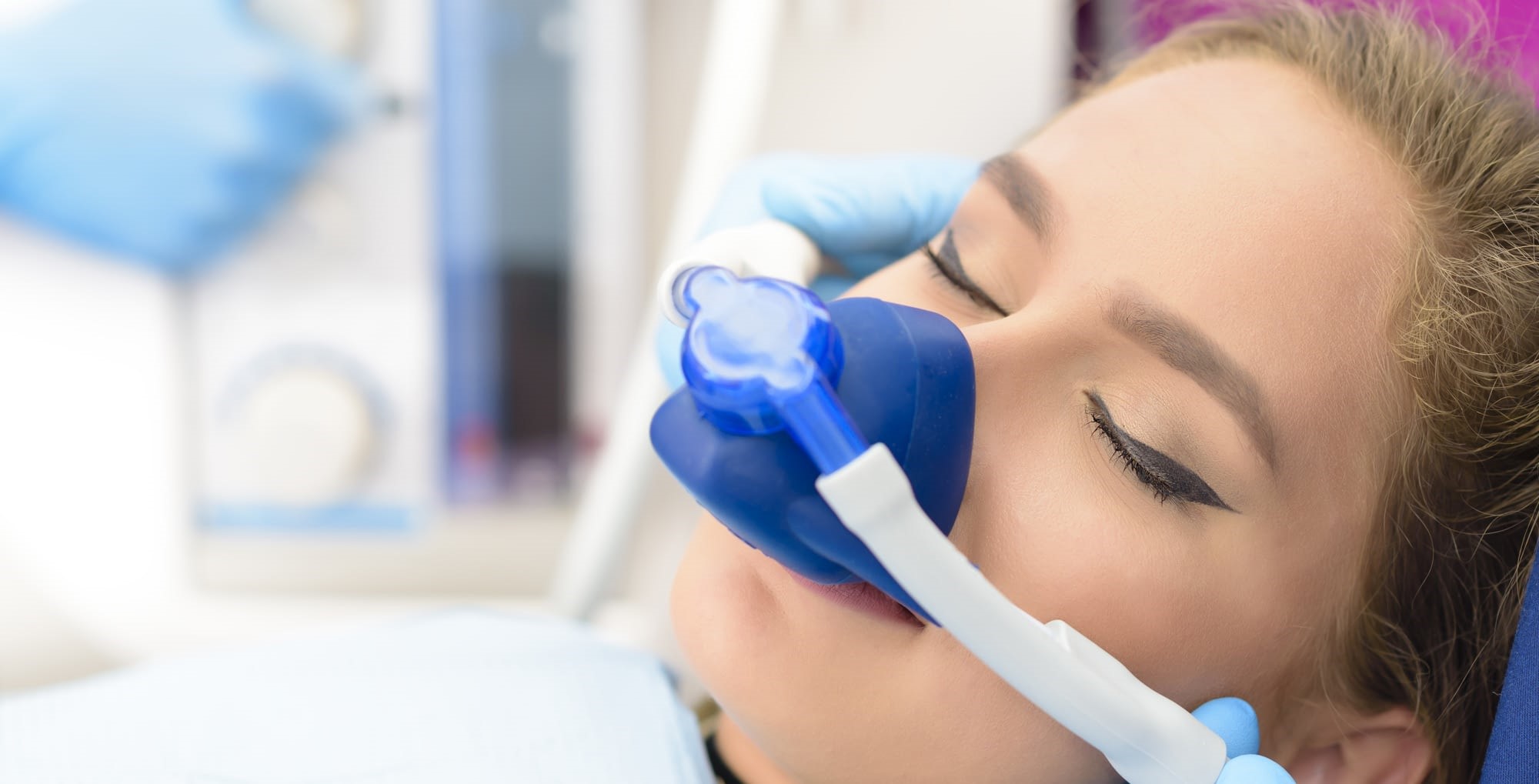Laughing gas is common anesthesia, non-flammable, colorless, and sweet-smelling gas. The usage of laughing gas in dental treatments is less painful.
While undergoing a dental procedure, you might have heard about nitrous oxide or laughing gas sedation. But you need not worry as the anesthesia is anxiety-free as the name would suggest. Laughing gas is common anesthesia, non-flammable, colorless, and sweet-smelling gas. The usage in dental treatments is less painful. While the sedative does not put the patients to sleep, it will make the procedure comfortable for them. On the contrary, it is leveraged for conscious sedation. This way, the patient is awake during the treatment but relaxed throughout. In some cases, patients fall to light sleep.
Check out these five interesting facts about laughing gas that every patient should know:
Nitrous oxide has been around for decades:
For about 200 years (to be precise), medical practitioners have been using nitrous oxide on their patients. Nitrous oxide sedation in dentistry was first discovered by an English scientist named Joseph Priestly in 1793, though it was not acknowledged for its medical capability until 1844. In the 1960s, it became a mainstay of dental anesthesia, and has been commonly used ever since.
Laughing gas is easily managed:
Nitrous oxide does not require an injection or administrative shots for processing. Instead, laughing gas is diffused through a facemask, where the anesthesia is absorbed through the lungs. By simply breathing through the mask, the sedative starts showing its impact within a few minutes. The depth of your sedation can then be easily adjusted by your dentist if it is too much or too little, but you will not be completely asleep. Once the procedure is over, the dentist needs to remove the mask for the anesthesia to subside by inhaling and exhaling.
You can expect a slight tingling sensation—but no hangover effects:
After about 2-3 minutes, nitrous oxide takes full effect. The patient feels a numbness sensation and general detachment throughout the body. Laughing gas essentially puts you in an otherworldly state, but the patient will still be able to communicate with the dentist if required. Once the procedure is complete, the gas leaves your body as you breathe completing the process in less than minutes. Therefore, there are no hangover effects to this anesthesia.
Laughing gas is completely safe when administered by a professional:
Inhalation of the laughing gas is safe and has no impact on the internal organs such as the brain, lungs, kidneys, heart, or liver. The gas does cause disorienting effects, so tripping and falling are possible if you get up too quickly (though its effects only last a few minutes after the mask has been removed).
Dentists use laughing gas for several reasons:
Nitrous oxide can be beneficial for many dental procedures. This anesthesia is great for use with pediatric patients, as this enables them to relax and more easily cooperate. Similarly, it works well for patients with dental anxieties, mental or physical disabilities, or those with lower pain tolerance, as it can reduce the pain and stress of certain dental procedures. The soothing and numbing effects work instantly and no needles are required.



